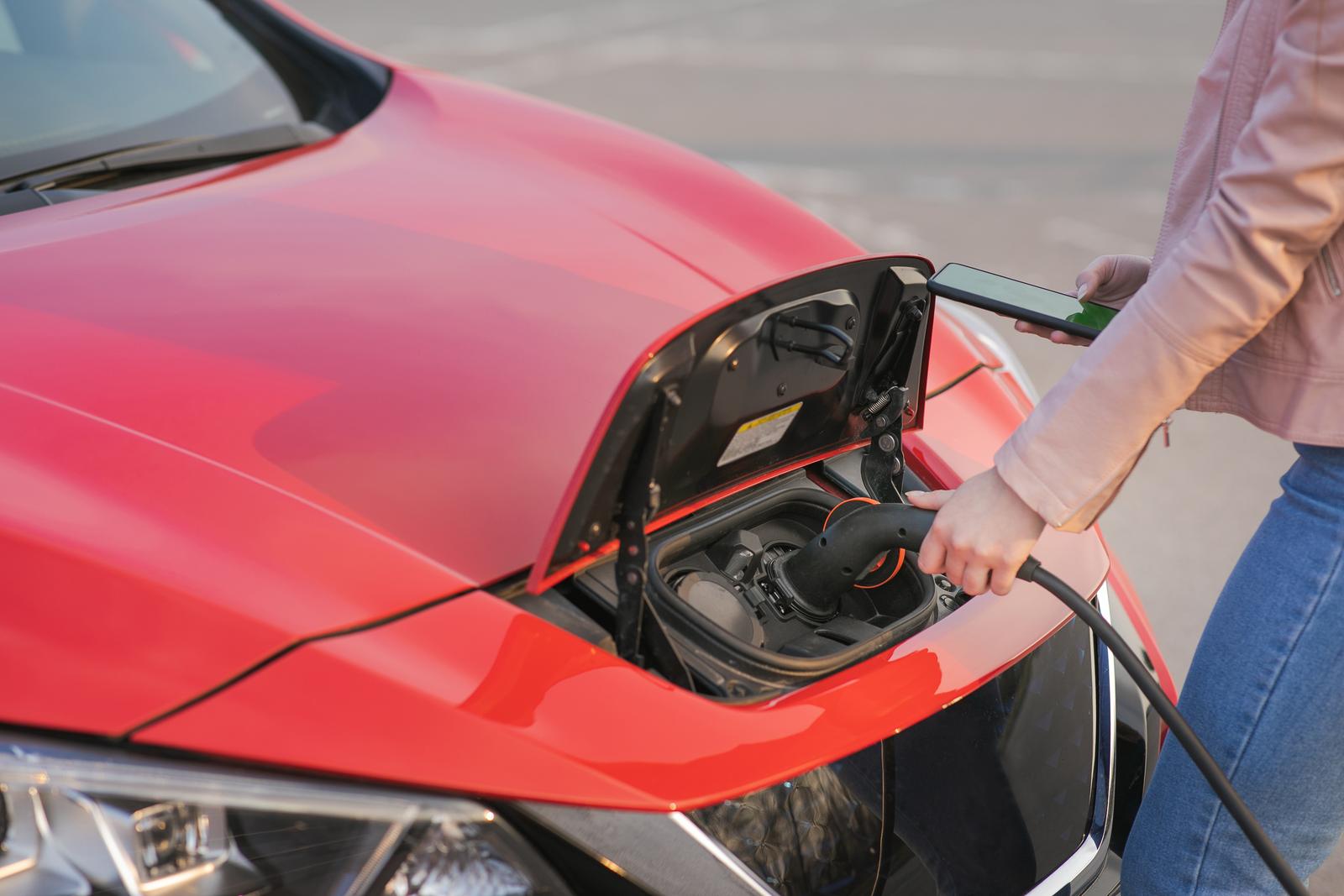Used EVs for the Masses

This is the second in a series of posts analysing the impact of the Inflation Reduction Act of 2022 on the US electric vehicle market. The first post covered the Clean Vehicle Credit, which is a tax credit intended to benefit new clean vehicle buyers, this post focuses on how used EVs will be affected.
The Inflation Reduction Act of 2022 releases an estimated $370 billion into climate-related initiatives with a relevant portion of this funding going towards the sustainable mobility space. While the $7,500 Clean Vehicle Credit is arguably the most visible mobility related initiative, the legislation introduces other measures that will impact the electric vehicle market include a credit of up to $4,000 for previously-owned clean vehicles.

Notes and insights: While the Inflation Reduction Act revised the credit requirements for new, non-commercial vehicles, it also extended these credits to previously-owned vehicles. Under IRC 30D, previously-owned vehicles were not eligible for the credit.
Not accounting for the buyer (taxpayer) or vehicle eligibility restrictions, the new legislation greatly expands the total available market of the credit. In a typical year, used vehicles account for more than 75% of total light vehicle sales.
Searching for Used EVs? If you can find one, it is probably too expensive
The Previously-Owned Clean Vehicles Credit establishes a credit for buyers that purchase eligible previously-owned (used) clean vehicles. The credit amount is the lesser of (i) $4,000 or (ii) 30% of the sale price of the vehicle (e.g., the buyer of a qualifying vehicle costing $10,000 would receive a credit of $3,000).
Like the Clean Vehicle Credit, there are buyer gross income and vehicle sale price requirements that must be met to qualify for this credit. The gross income eligibility thresholds for the credit are set at $75,000 for cases of joint returns, $112,500 for head of household returns, and $75,000 for all others, which are 50% of the Clean Vehicle Credit thresholds. The maximum sale price of an eligible vehicle is $25,000, meaning that a vehicle sold above this price would not be eligible for the credit.
The legislation also limits the ability of an individual to repeatedly benefit from the credit. For buyers to qualify, they must purchase the vehicle for use (not resale), and they cannot have taken advantage of a previously-owned clean vehicle credit in the prior 3-year period. For the vehicle to qualify, it must be at least two years old, and it must be the first transfer or sale of the vehicle.
Notes and insights: The Previously-Owned Clean Vehicles Credit is intended to open the EV market to low and middle-income buyers. Considering this objective, the gross income threshold is set at an appropriate level. Between 54-81% of American households should qualify for the credit. While the buyer market is large, very few vehicles qualify for the credit.
For the legislation to have its intended impact, structural changes are needed in the EV industry that directly address the supply side challenges. These are twofold:
Accelerating the EV transition to get more EVs on the road. At present, only 1% of registered vehicles are plug-in or battery electric – an estimated 2.4 million out of more than 250 million. , This indicates that the electric vehicle stock, and thus new electric vehicle sales, must significantly increase for the credit to be made widely available.
Currently new EV sales account for around 5% of total vehicle sales. This is up from 2% in 2018. To achieve a market share of 20% (of all registered vehicles) by 2032, electric vehicle sales would likely need to represent over 70% of all new vehicle sales by that date. For this to be possible vehicle manufactures must invest billions (if not trillions) to greatly increase electric vehicle production capacity.- Lowering EV production costs to get more affordable EVs on the road. The average resale price of an electric vehicle sits above $40,000 with only 18% of electric vehicle sales (in Q2 2022) priced below the $25,000 limitation. To decrease the sale price of previously-owned vehicles, more affordable new models must be brought to market. The average price of a new electric vehicle is currently around $66,000, which is more than $18,000 above the market average. While the production cost of an electric vehicle remains higher than an internal combustion engine vehicle, the focus on premium electric vehicle models is the main reason for the large price difference.
Built in the United States and the rest
For a vehicle to qualify for the Previously-Owned Clean Vehicles Credit, final assembly of the vehicle must occur in North America. This is also a requirement for the Clean Vehicle Credit. However, unlike that credit, there is no requirement for the critical minerals to be extracted or processed or the battery components manufactured or assembled in North America.
There are several other similarities with the Clean Vehicle Credit including provisions allowing transfer of the credit. This provision permits the dealer (vehicle seller) to obtain the credit and pass on the benefit through a lower price to the buyer. This election, if offered by the dealer, can be made by the buyer at the time of vehicle purchase.
The effective date for this section is December 31, 2022, with it terminating on December 31, 2032.
…
Sources:
- https://www.bts.gov/content/new-and-used-passenger-car-sales-and-leases-thousands-vehicles
- https://cps.ipums.org/cps/resources/poverty/PovReport20.pdf
- https://www.caranddriver.com/news/a39998609/electric-car-sales-usa/
- https://www.bankrate.com/insurance/car/electric-vehicle-market-data/
- https://www.iea.org/reports/global-ev-outlook-2022/trends-in-electric-light-duty-vehicles#abstract
- https://www.recurrentauto.com/research/used-electric-vehicle-buying-report
- https://mediaroom.kbb.com/2022-07-12-New-Vehicle-Prices-Set-a-Record-in-June,-According-to-Kelley-Blue-Book,-as-Luxury-Share-Hits-New-High